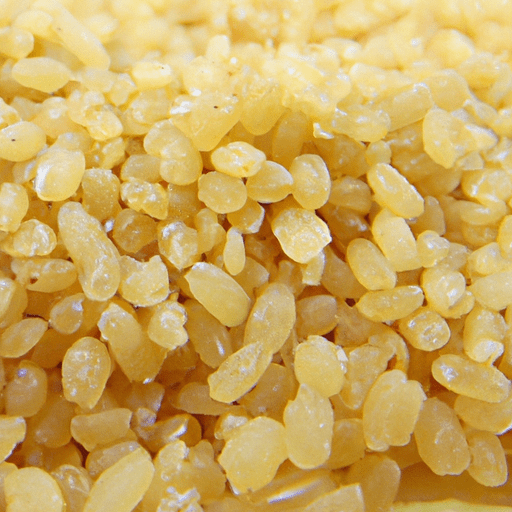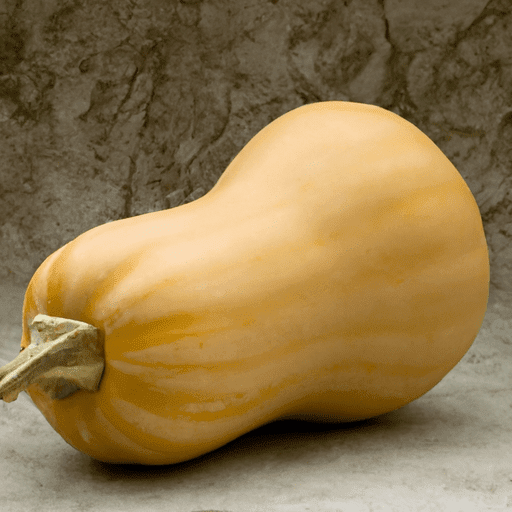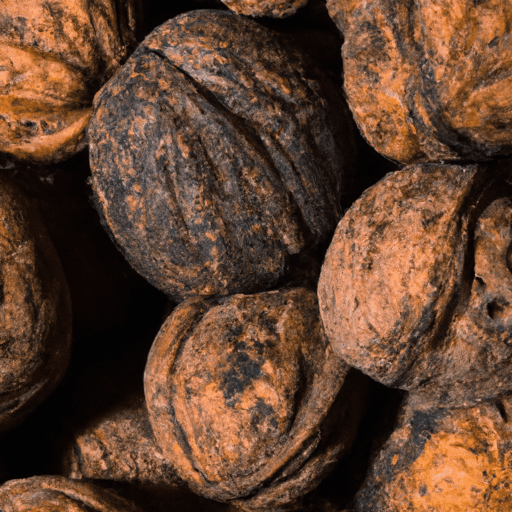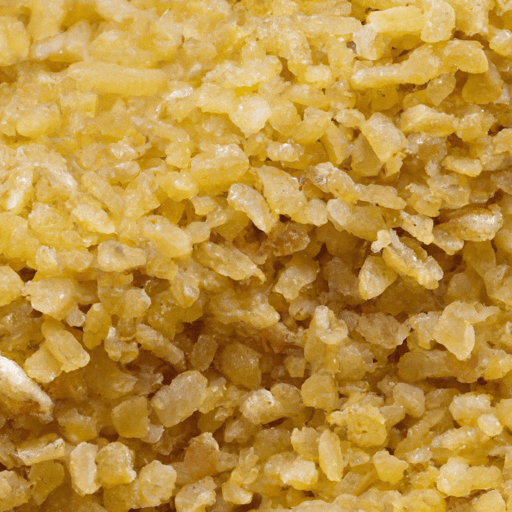The Versatile and Nutritious Grain: Cooked Bulghur
Have you ever tried bulghur? This humble grain may not be as well-known as quinoa or couscous, but it certainly deserves a spot in your pantry. With its nutty and satisfying flavor, bulghur has been a staple in Middle Eastern and Mediterranean cuisines for centuries. In this article, we will explore the delightful properties of cooked bulghur, its common culinary uses, its nutritional benefits, and a few interesting historical tidbits.
The Taste of Cooked Bulghur
When cooked properly, bulghur has a delightful chewy texture and a rich, nutty flavor. It adds depth to any dish it is incorporated into, creating a satisfying and hearty meal.
Common Culinary Uses
Cooked bulghur is incredibly versatile and can be used in a variety of dishes. Here are a few popular culinary uses:
Tabouleh:
One of the most well-known dishes utilizing bulghur is the vibrant Middle Eastern salad, Tabouleh. This refreshing salad combines cooked bulghur with fresh parsley, tomatoes, mint, and lemon juice, creating a medley of flavors that is perfect for warm weather.
Pilafs and Side Dishes:
Bulghur works wonders in pilafs and side dishes. It absorbs flavors beautifully, making it an excellent base for various seasonings and spices. Consider using cooked bulghur as a base for a vegetable pilaf or as a side dish alongside grilled meats.
Stuffings:
Bulghur is an excellent choice for stuffings in dishes like stuffed bell peppers or zucchini. Its texture complements other ingredients, creating a filling and satisfying meal.
Nutritional Value
Beyond its delicious taste, cooked bulghur offers many nutritional benefits. Here are a few noteworthy aspects:
High in Fiber:
Bulghur is rich in dietary fiber, which is essential for maintaining a healthy digestive system. Its high fiber content can promote feelings of fullness and aid in weight management.
Good Source of Protein:
For those looking for plant-based protein sources, cooked bulghur comes to the rescue. With approximately 6 grams of protein per cooked cup, it provides a considerable protein boost.
Packed with Vitamins and Minerals:
Cooked bulghur is a great source of important vitamins and minerals, including iron, magnesium, phosphorus, and B vitamins. These nutrients play key roles in energy production, immune function, and overall well-being.
Historical Significance
Bulghur has a long and fascinating history. It is believed to have originated in the Middle East, with evidence of its consumption dating back thousands of years. This ancient grain was a prominent part of the diet of various civilizations, including the Babylonians and the ancient Greeks. Today, bulghur remains a staple ingredient in traditional Middle Eastern dishes and has gained popularity worldwide due to its nutritional value and versatility.
Conclusion
Cooked bulghur is a grain worthy of exploration in your kitchen. Whether you use it in a refreshing salad, a savory side dish, or a hearty stuffing, its nutty flavor and satisfying texture are sure to please your palate. Furthermore, the nutritional benefits it offers, including fiber, protein, vitamins, and minerals, make it an excellent choice for maintaining a wholesome diet.
So, next time you’re looking to add variety to your meals, don’t forget to reach for a bag of bulghur. Your taste buds and your body will thank you!
Cooked Bulghur
Origin: Bulghur, also known as bulgur, is a grain product that originated in the Middle East. It has been consumed for thousands of years and is a staple in many cuisines in the region, including Turkish, Lebanese, and Syrian.
Common Uses: Cooked bulghur is versatile and can be used in various dishes. It is commonly used as a base for salads, pilafs, and stuffings. It can also be made into patties for burgers, used in soups, or as a filling for vegetarian dishes.
Nutritional Benefits: Cooked bulghur is a nutritious addition to a balanced diet. It is a good source of fiber, providing both soluble and insoluble fibers which support digestion and help maintain healthy cholesterol levels. It is also low in fat, making it a suitable choice for those looking to control their fat intake. Moreover, cooked bulghur contains important minerals such as manganese, magnesium, and iron.
Cooking Properties: One of the unique properties of bulghur is that it is pre-cooked during processing, which reduces cooking time. To prepare, it is typically soaked in hot water or broth for a short period until it becomes tender. It has a chewy texture and a nutty flavor, adding a pleasant element to many dishes.
Historical Significance: Bulghur has a long history and holds cultural and historical significance in Middle Eastern cuisine. It has been a staple grain for centuries and has been traded along the Silk Road. Consumed by various ancient civilizations, bulghur remains an important ingredient in traditional dishes that have been passed down through generations.




Use the share button below if you liked it.
It makes me smile, when I see it.